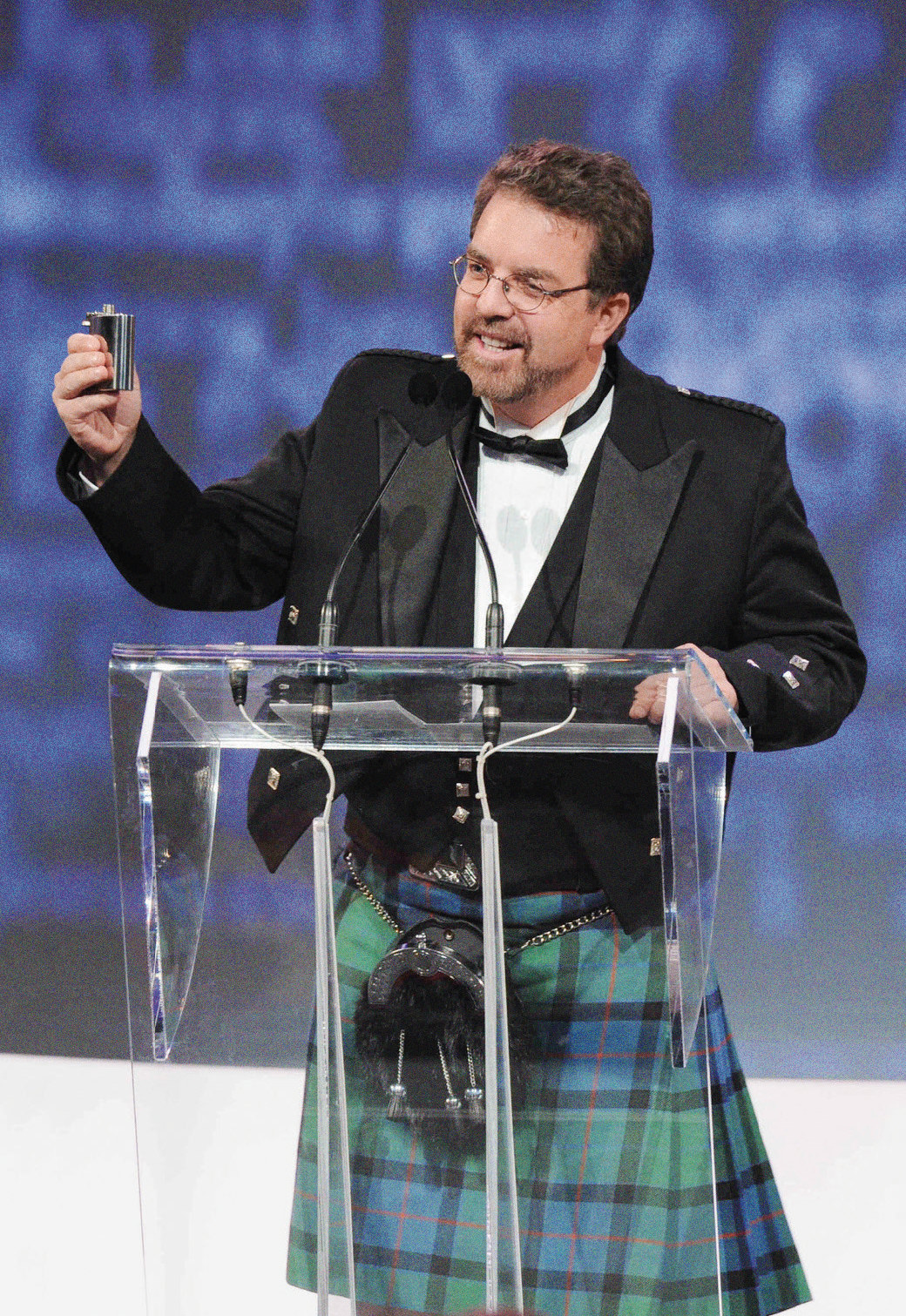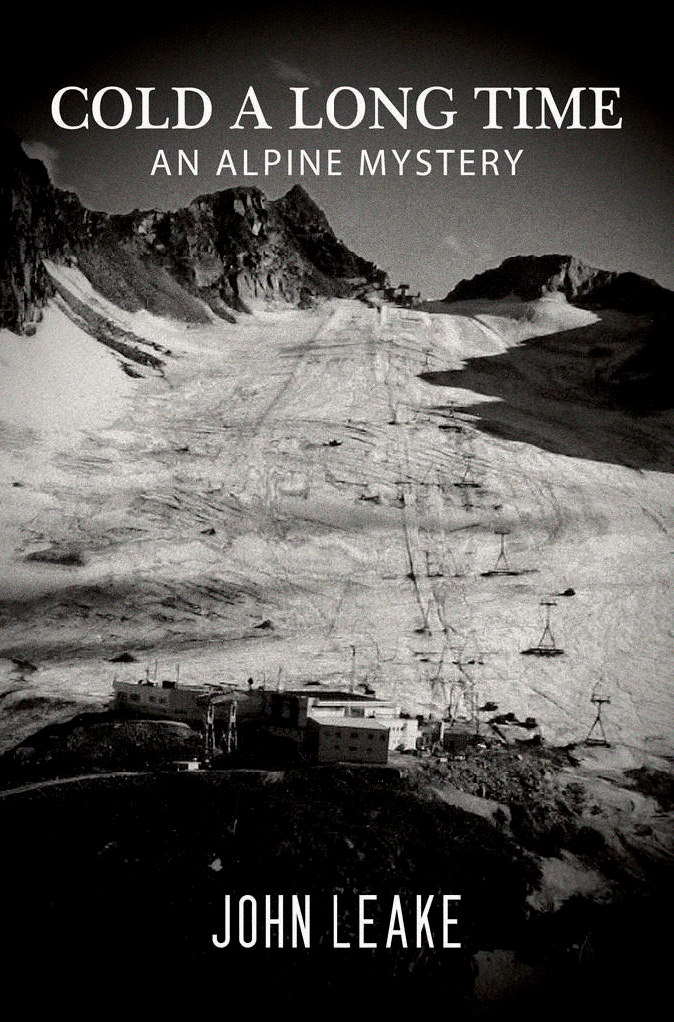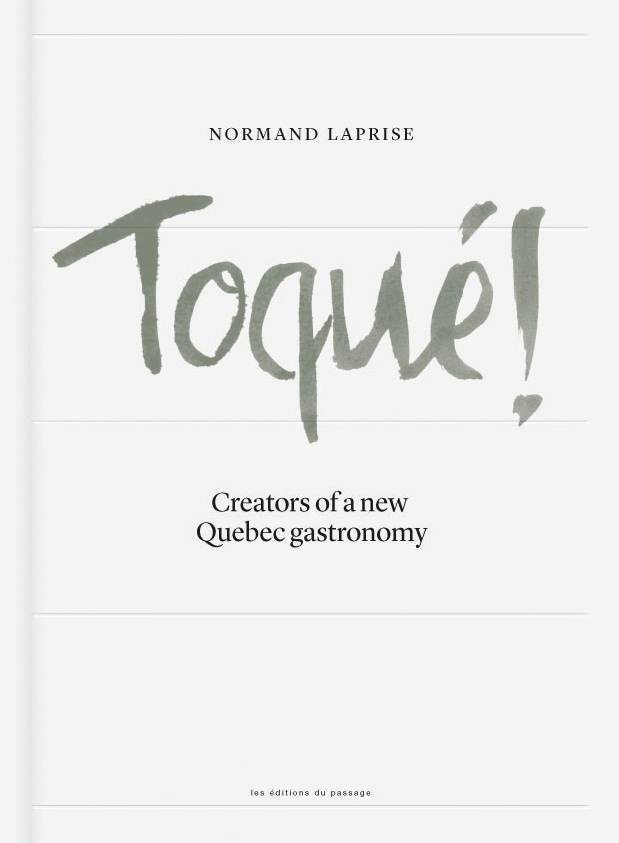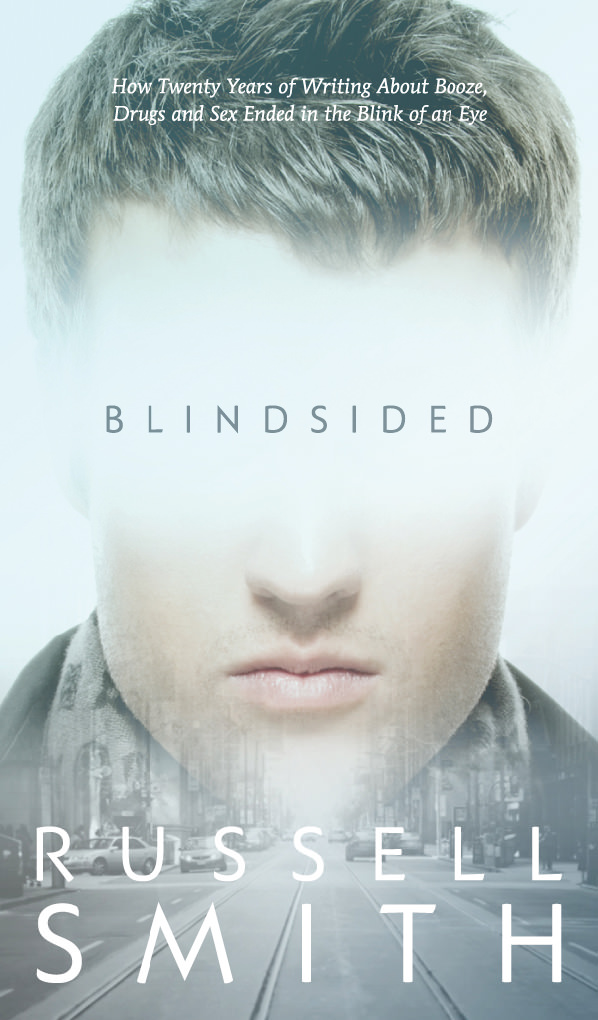Two Book Recommendations to Read this Spring
Here are two book recommendations to add to your reading list, that are just our type of books.

Big Mall: Shopping for Meaning by Kate Black
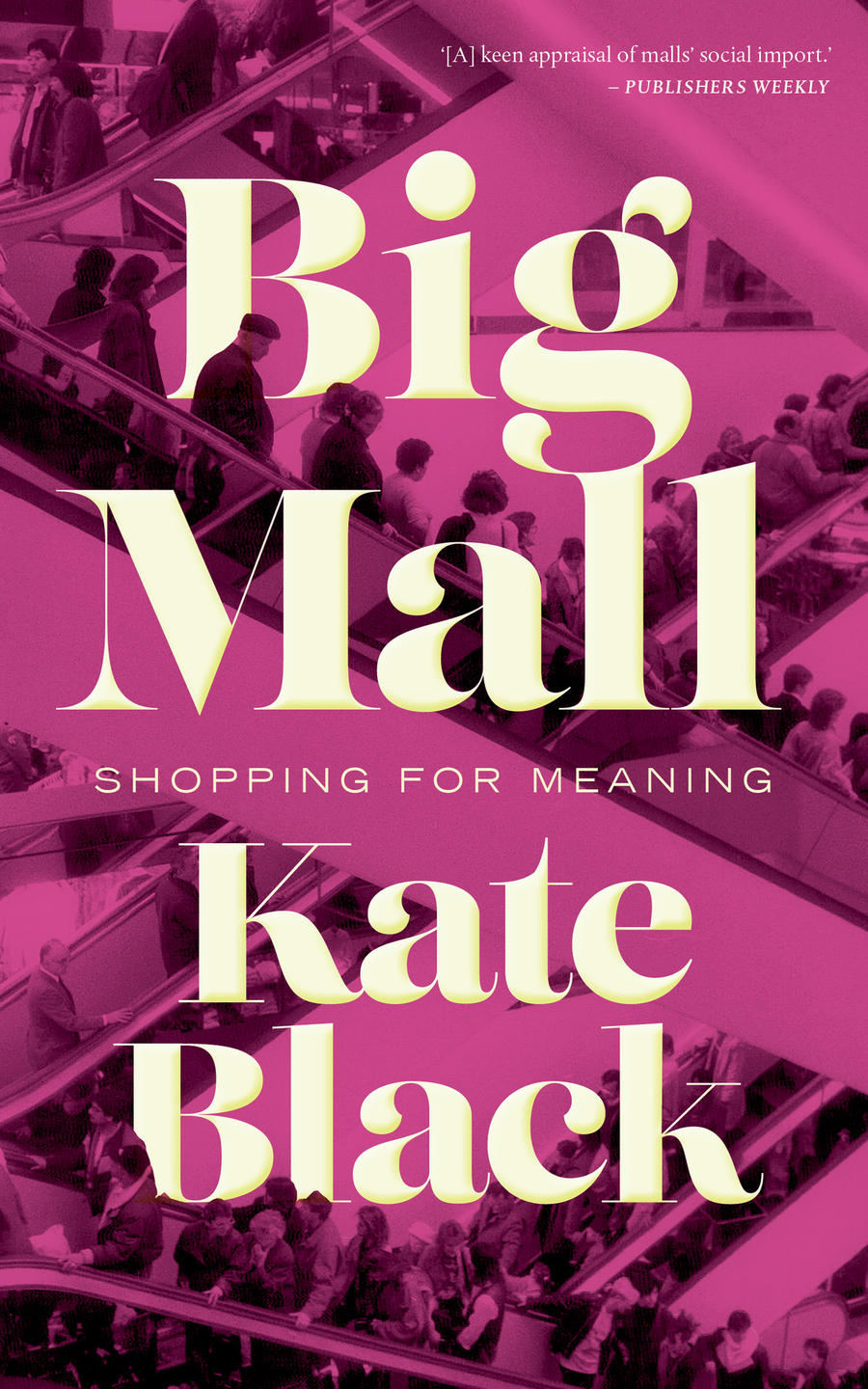
The North American shopping mall is a relatively new invention. As Kate Black notes, its designer, Victor Gruen, opened the first indoor mall in 1956. Ever since, the mall has loomed large in the public imagination and shaped our material reality as a force of social and economic organization.
In Big Mall, Black excavates the metaphoric and material power of the shopping mall. Guided by her personal history with the legendary West Edmonton Mall, Black’s writing balances theory, history, and memoir. At its best, Big Mall both teases out the systemic forces behind our seemingly omnipresent shopping centres, as when Black charts the international and local oil politics that shaped the West Edmonton Mall’s creation, and chronicles the extravagances of her own mall childhood. The chapter on animals, and the conflicting desires behind West Edmonton’s built-in zoo, is particularly memorable for its balance of intellect and heart.
Big Mall illuminates the worst of our consumerism while also capturing the highs of one’s teenage mall-days: wandering around with friends, turning over new thoughts, getting lost in personal mythologies.
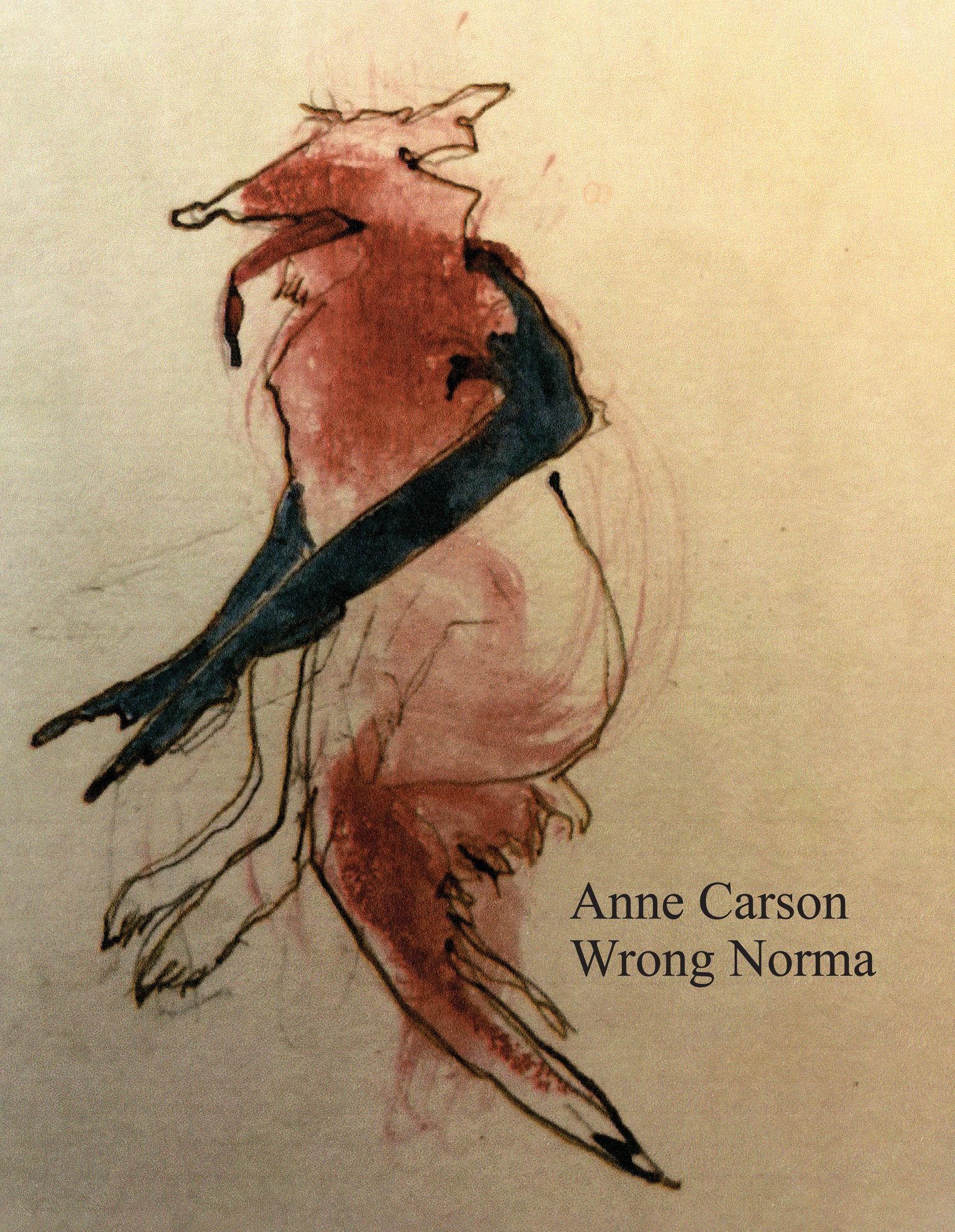
Poetry, essays, classics—Anne Carson’s decorated bibliography defies definition. Her latest book, Wrong Norma—her first collection of original writing since 2016—is a wonderful collage of art, poetry, prose, and the chimeric creations that emerge between categories.
Carson’s prose and prose-adjacent works are the most striking. A writer impersonates Joseph Conrad, mostly secretly. A couple is threatened with violence in their own home by a strange and slightly supernatural duo; a snake gets involved. A private investigator enlists the help of crows. The sky writes back. It is not only the conceits that are stamped with Carson’s singular and beloved eccentricity, but each piece also brims with syntactical precision and arresting observations.
Of a difficult brother: “I had no real interest or compassion for him, just this weird sibling dissolve at the edge where my personality met his, this smudging of two selves into one.” Observing their crow companions, the investigator notes the mystery is not in the exchange of caws and dips but “when they sit silent staring into the same piece of air.” With an unparalleled command of language, Carson lets us into some of these mysteries.

